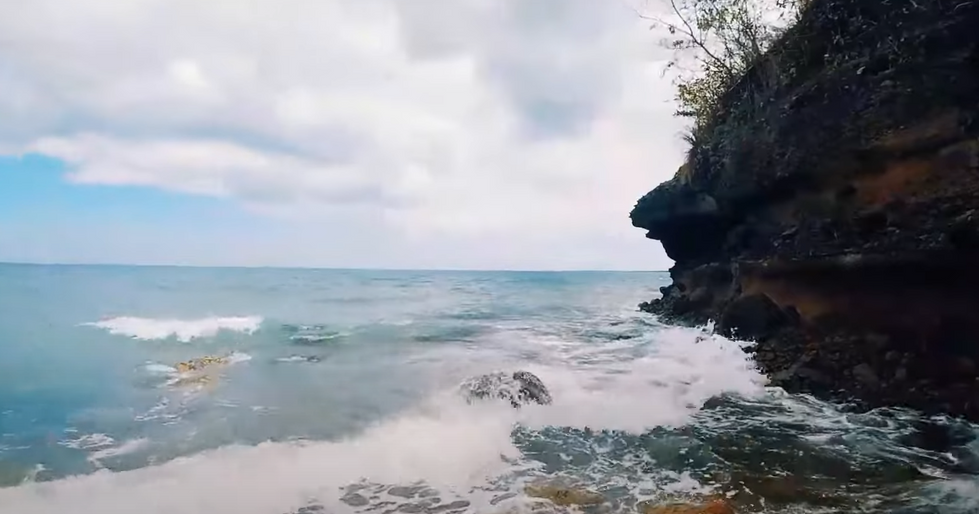
CAVITE
Trials, Transformation and Triumph
through the Ages
Cavite is steeped in historical importance. Situated on the southern shores of Manila Bay, this province is an embodiment of the Philippines' colonial history and the nation's journey towards independence. It enshrines the shadows of the Philippine revolution, the whispers that fomented nationalism, and the torchlight that now illuminates the path to progress.
As one of the country's most rapidly developing and industrialized regions, Cavite represents a complex blend of historical heritage, economic vitality, and cultural richness. It is CALABARZON’s arena of great challenges, dramatic change and spectacular victories.

Revolutionary Heritage
The history of Cavite is as elaborate as it is inspirational, with its story written through different eras––from its pre-colonial societies and trade relations with other Asians, to Spanish colonization, to revolutionary episodes, and modern transformations.




Cavite was, long ago, a key mooring spot for Chinese junks trading with the old Manila settlements. In the Spanish era, it became crucial as Manila in facilitating routine operations for the Manila-Acapulco Galleon trade, linking the Philippines to the global trade networks of Asia and the Americas.
The province's name, derived from "kawit" (or "hook" in English), references its hook-shaped peninsula jutting into Manila Bay.

This geographical feature made it strategically significant during the colonial period.
It was in Cavite where the first successful revolution against Spanish rule erupted, led by the avant-garde leaders of the Katipunan. The province was also the site where the Philippine Declaration of Independence from Spain was proclaimed on June 12, 1898, in the town of Kawit.

The infamous 1872 Cavite mutiny, which precipitated the martyrdom of the three secular priests known as Gomburza (Gomez - Burgos - Zamora), ignited nationalistic fervor and significantly influenced subsequent revolutionary movements. This event marked a pivotal point in the Philippine struggle for independence and is a testament to the province's revolutionary legacy.

Geographical Diversity and Urban Expansion
Spanning a land area that features both rugged mountains and expansive coastal areas, Cavite's topography has played a vital role in its development. The province is noted for its scenic and strategic coastal front along Manila Bay to the north and sprawling agricultural lands to the south and east.
Cavite offers a wealth of natural and historical attractions. From the panoramic views of Tagaytay City overlooking Taal Volcano to the historical sites like the Aguinaldo Shrine and the 1872 Cavite mutiny site, the province is a significant tourist destination. The natural landscapes of Cavite, including its waterfalls, hiking trails, and resorts, cater to a range of outdoor activities.
.
The urban landscape of Cavite has seen significant transformation, particularly in its northern sectors like Bacoor, Imus, and Dasmariñas. These areas have morphed from agricultural communities into bustling urban centers, heavily influenced by the proximity to Metro Manila. This suburban expansion is part of the wider phenomenon of urban sprawl affecting the Greater Manila Area.

Economic Transformation and Modern Development
Cavite's economy is among the most vibrant in the Philippines, characterized by a high level of industrialization. It hosts several economic zones that attract both domestic and international investments, contributing to the province's economic growth. The shift from an agrarian base to industrial and service-oriented sectors mirrors the overall economic transition of the Philippines.

Infrastructure development, such as the extension of the LRT-1 line to Cavite, is set to enhance connectivity and foster further economic opportunities. The project aims to link key urban centers within Cavite to Metro Manila, improving commuter services and reducing traffic congestion.

Cultural Heritage and Social Fabric
Cavite is a melting pot of cultural influences, reflecting its historical layers from pre-colonial times through Spanish and American periods to contemporary Philippine society. The province celebrates a variety of festivals and cultural events that showcase its rich heritage and diverse traditions.

The predominant religion in Cavite is Roman Catholicism, alongside other religious practices that illustrate the province's multicultural demographic. Festivals like the "Maytinis" and the "Regada" water festival highlight Cavite's unique cultural practices and community spirit.

Challenges and Future Directions
Despite its growth, Cavite faces challenges such as urban congestion, environmental degradation, and the need for sustainable development strategies. The balance between preserving its rich historical and natural heritage while promoting economic growth remains a key focus for local governance. It could prove to be a daunting task, but not impossible.
Cavite has seen it all. Its people are proven to have high endurance and tremendous determination. Its journey from a crucial historical landmark to a modern economic powerhouse showcases the dynamic evolution of this facet of Philippine society. As Cavite continues to grow and adapt, it will probably retain its distinctive identity, celebrating its past while looking towards a promising future.























